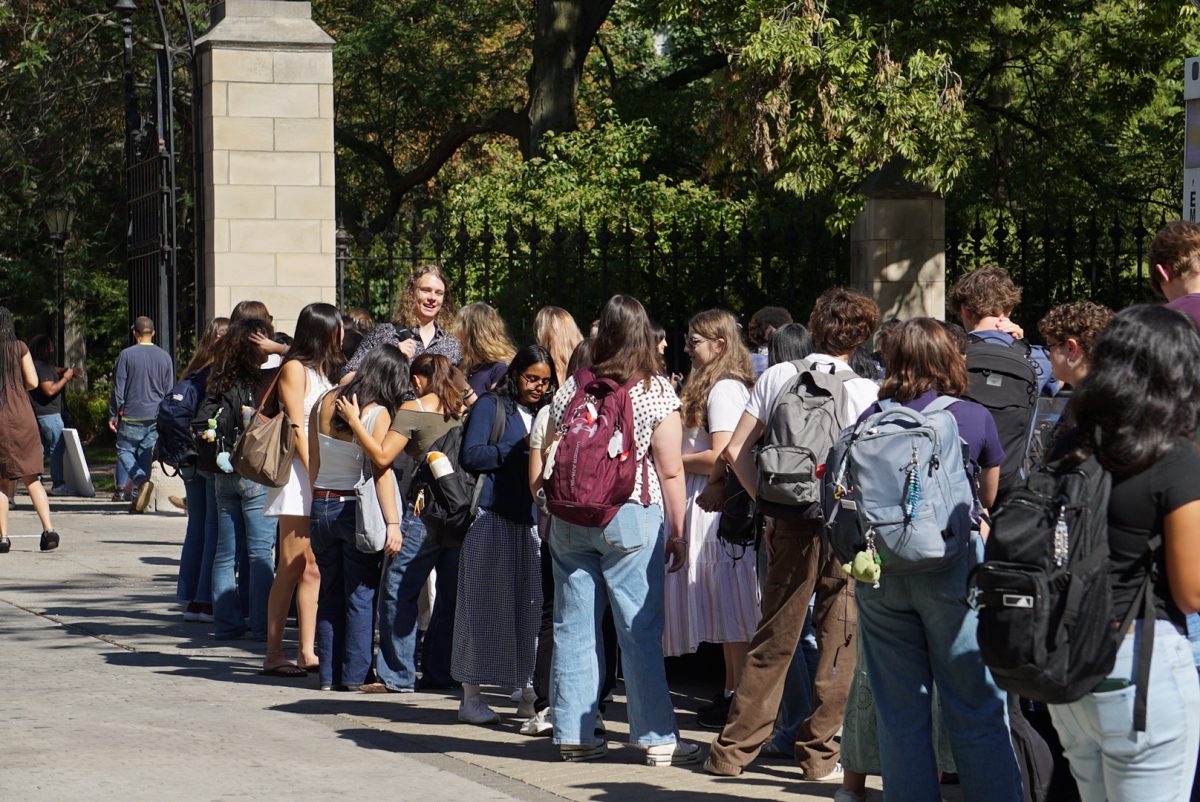The University has started a long-term process of revamping the campus to be accessible for people with disabilities, following a mid-July settlement with the Department of Justice.
The Justice Department initiated the lengthy review of campus facilities in early 2004 to ensure the University complies with regulations under the Americans with Disabilities Act (ADA). The out-of-court settlement includes a wide range of areas that need updates, including emergency evacuation plans, toilets in dormitories, the late-night transportation service, assisted-listening devices in classrooms, and signs on campus buildings.
Because the University is still in the preliminary stage of updating the campus, officials do not have an estimate on how much its compliance efforts will cost.
“It’s an answer that will become clear as we determine the work that we need to be doing,” said Associate Provost and Assistant Vice President Ingrid Gould, who was one of the University representatives working with the Justice Department on the settlement.
About a year ago, the University hired LCM Architects, a consulting firm that specializes in the ADA. The firm has been surveying the campus, tracking the weight of front doors, the depth of bathroom sinks, the height of paper towel dispensers, and making many other specified measurements.
“It’s really, really super careful—every little technical detail,” Gould said.
The settlement required the University to update its late-night van service by October 1. Gould said the University met the deadline and currently has separate buses that can serve people with disabilities.
Gould said there are separate, accessible vans for people with disabilities to call. These students can also wait inside for the van to arrive.
Brian Shaw, director of Campus Transportation and Parking, was unavailable at press time to provide further details about the changes to the late-night van service.
The University has also erected signs on campus buildings to alert people with disabilities about accessible bathrooms and entrances, in accordance with the settlement.
Some of the bigger changes on campus will be building renovations, but this process is also still in the preliminary stage.
The settlement simply states that the University must “correct violations of the new construction standards for accessibility by February 1, 2010.”
“We will have some renovations to some number—as yet undetermined—of buildings,” Gould said.
Gould said the University first started updating the campus to comply with the ADA in 1992, but that the process is a long-term one.
“A campus this size—it takes years, and this is true if you’re Stanford, it’s true if you’re Dartmouth,” she said. “Different schools have different challenges. We at least have a flat campus, but we have the challenge of winter.”
Gould said remaining true to the campus’s Gothic character presents another challenge.
“We don’t want to do it in a slapdash way,” she said. “To renovate a campus of this elegance, we want the accessible entrances to be equally appropriate.”
The settlement covers the new residence hall, which has already broken ground south of the Midway, but Gould said it would not slow down the process, because the design already complies with the ADA.
“New buildings are supposed to be accessible,” Gould said.








